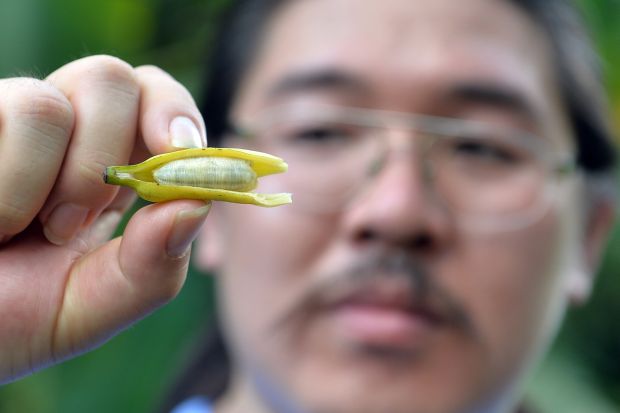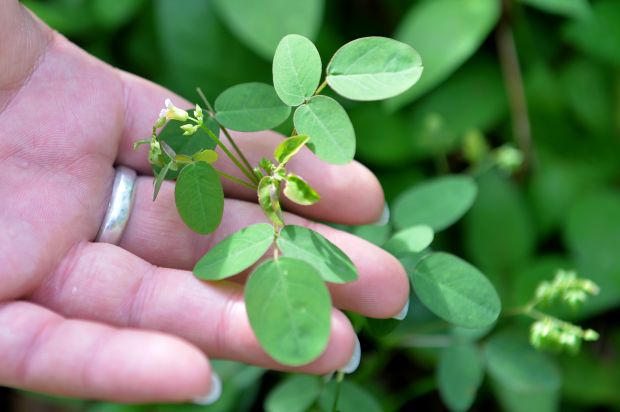

Foraging for food in the wild might not seem like a common pastimeamong Singaporeans.
Unlessyou are an aspiring contender on reality TV show Survivor, of course.
But for amateur forager Esmonde Luo, learning about edible and inedible plants in the jungle is more than just a hobby.
It also helps him appreciate nature and do his part in preserving it.
This Saturday, the part-time tutor and nature enthusiast will be holding his second Foraging 101 outdoor workshop, where participants will be taught how to identify edible plants and other food options in the wild.
The class is among over 30 unique workshops run by the School Of Uncommon Knowledge as part of The Substation’s first A Home For The Arts programme. (See report, right.)
It is part of this year’s Singapore Biennale art exhibition. Participants will walk on a trail along the Rail Corridor near the Bukit Timah Railway Station, a journey that lasts at least 45 minutes.
This Saturday’s workshop is full, but interested parties can sign up to be placed on a wait list.
Last Tuesday, Mr Luo held an indoor workshop and demonstrated how edible plants can be incorporated into everyday cooking.
The 29-year-old, who developed a keen interest in foraging about five years ago, told The New Paper: “Singapore is a garden city, but most of the nature that we see is on TV or through car windows as we drive.
“I think it is useful to go out…and learn about the ecosystem. If we don’t touch and feel for ourselves, we will never truly appreciate nature and learn to take care of it.”
The free workshops operate on a barter system.
Mr Luo, who also dabbles in film and theatre, trades his knowledge for any of these three things: something he can plant, eat or drink, or cook.
When Mr Luo led this reporter on the trail, he shared interesting facts about plants such as lavender sorrel, ivy gourd and bananas.
SOUR
Once in a while, he would squat to get a closer look at a plant or gently brush aside vines overhead to find ripe fruits.
He munched on a lavender sorrel leaf – thumb-sized with round, neat edges – and spoke of its slightly sour taste.
“You can sprinkle the leaves over rice, like in nasi ulam (rice with herbs),” said Mr Luo, who grows plants such as galangal, turmeric and ivy gourd in his garden.
He was quick to warn against eating cocoyam leaves, which are big and spade-shaped, as they “prick” the throat when eaten raw.
Overeager foragers should also take note: Finding fruits that are suitable for eating is very rare.
“The chances of getting edible fruit, in reality, is close to nothing. All the other animals, birds and insects would have got to it first,” he said.
He popped the lone ripe banana we saw on the trail into his mouth, then expelled its tiny seeds back into some shrubbery.
“You can’t eat the seeds anyway, so you might as well give back to the earth so more plants can grow back,” he said.
If we don’t touch and feel for ourselves, we will never truly appreciate nature and learn to take care of it.
– Mr Esmonde Luo, a nature enthusiast and amateur forager




